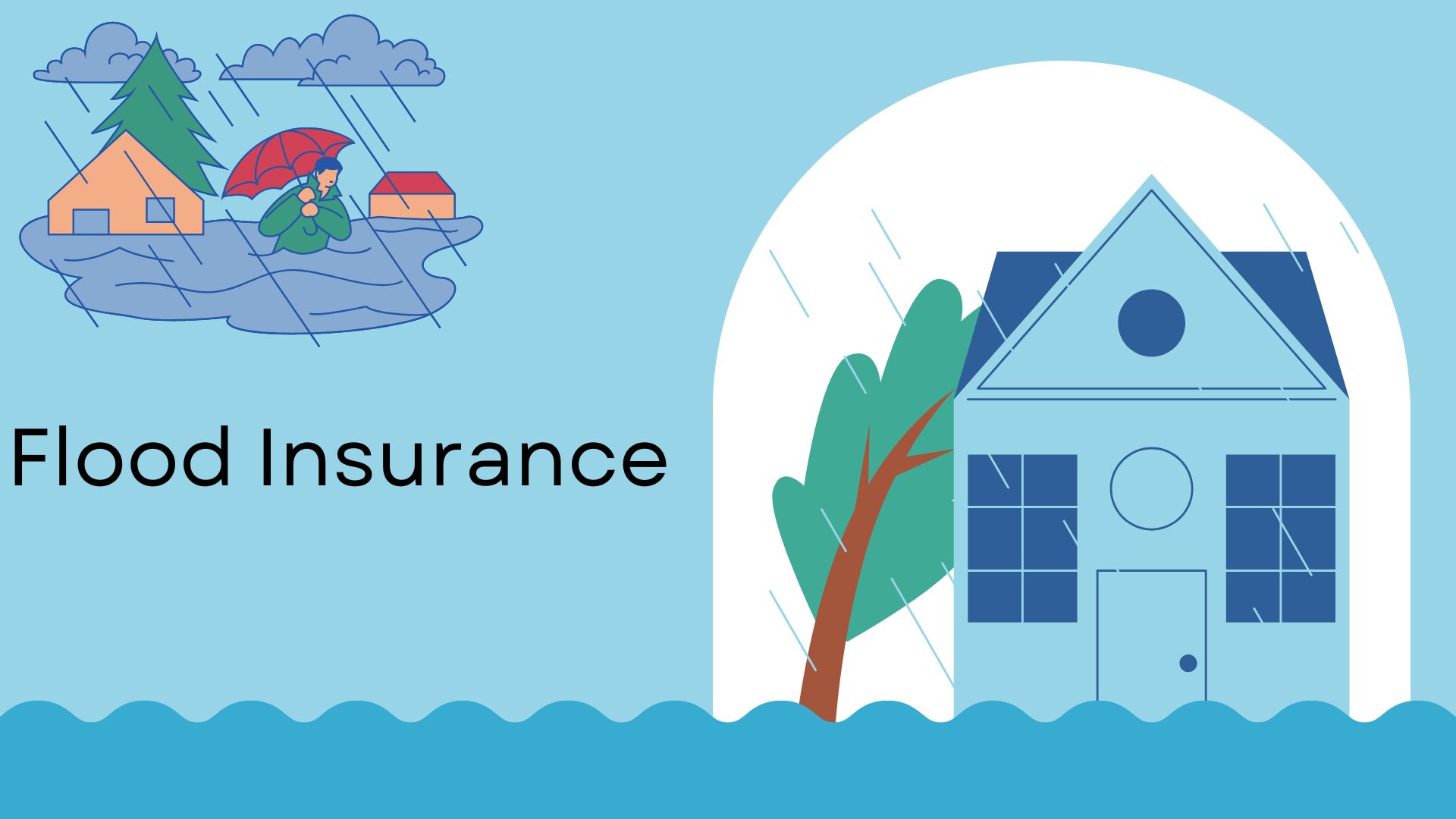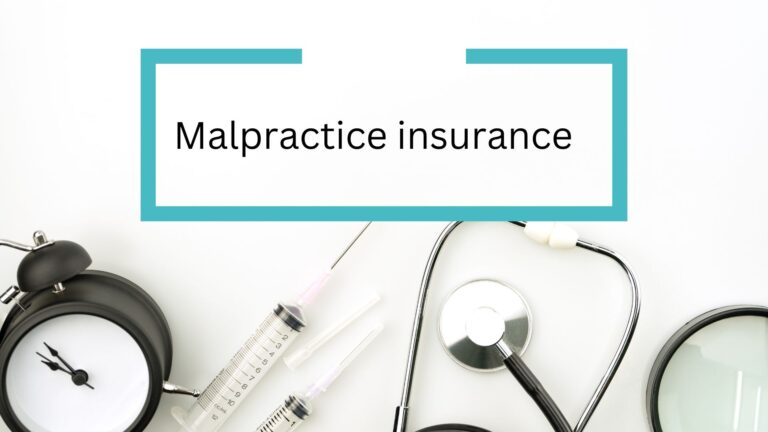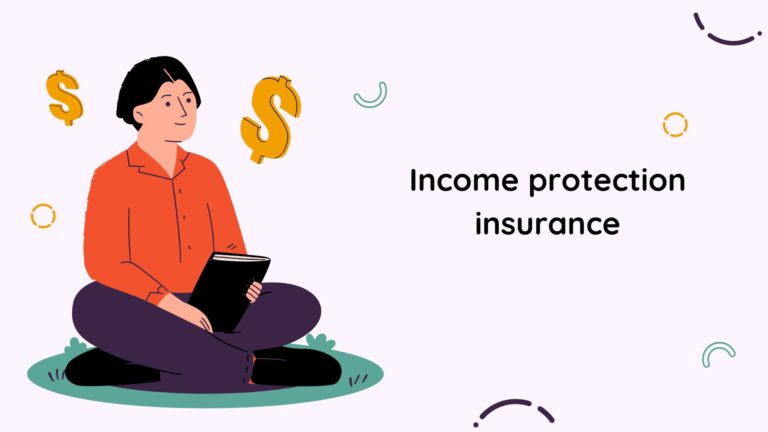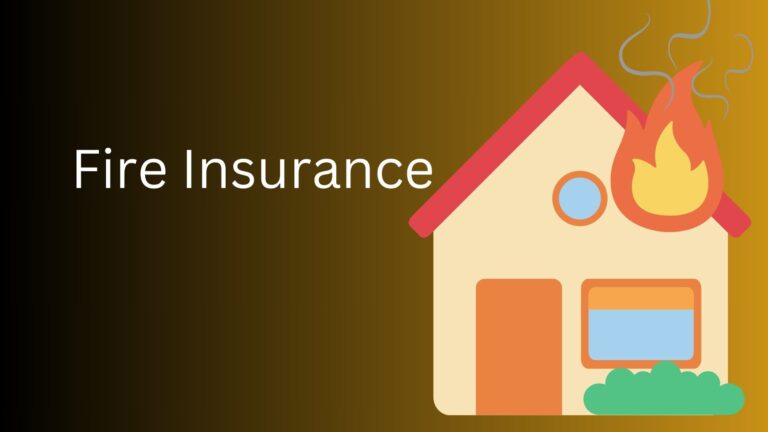Comprehensive Flood Insurance: Safeguard Your Home Against Nature’s Fury
Flood insurance is a type of property insurance specifically designed to cover damage caused by flooding. It’s important for homeowners, especially those in flood-prone areas, as standard homeowners insurance typically does not cover flood damage. Here are some key points you might find useful for your blog on flood insurance:
Table of Contents
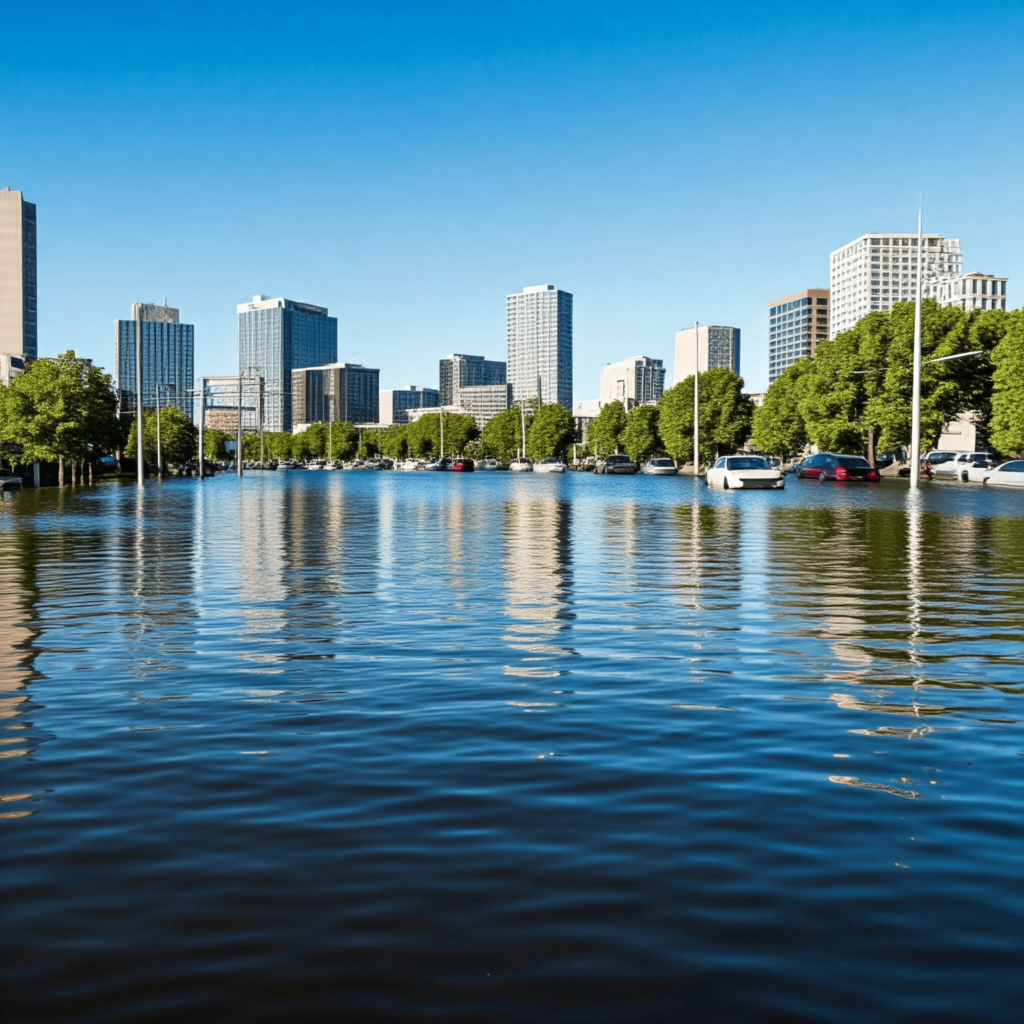
Why is Flood Insurance Important?
1. Financial Protection
Flood damage can cost thousands, if not more. Flood insurance ensures you’re not left with an overwhelming financial burden.
2. Peace of Mind
Knowing you’re protected allows you to face storms and unexpected weather events with confidence.
3. Legal and Mortgage Requirements
In high-risk flood zones, lenders often require homeowners to have flood insurance.
What Does Flood Insurance Cover?
Flood insurance generally covers:
1. Building Coverage
- Foundation walls, electrical systems, and plumbing.
- Central air systems, furnaces, and water heaters.
- Detached garages (up to a limit).
2. Personal Property Coverage
- Furniture, electronics, and appliances.
- Clothing and other personal belongings.
- Carpets, curtains, and valuable items (with limits).
What Isn’t Covered by Flood Insurance?
Flood insurance has exclusions you should be aware of:
- Damages outside the insured property, like landscaping or vehicles.
- Temporary housing or living expenses.
- Financial losses from business interruptions.
- Mold, mildew, or moisture damage that could have been prevented.
Types of Flood Insurance Policies
1. National Flood Insurance Program (NFIP)
Offered by the federal government, NFIP provides coverage for homes and businesses in flood-prone areas.
2. Private Flood Insurance
Private insurers offer customized flood insurance policies with higher coverage limits and added benefits.
How to Choose the Right Flood Insurance Policy
1. Assess Your Risk
Use FEMA’s Flood Map Service to determine your flood zone and risk level.
2. Compare Providers
Look at coverage limits, exclusions, and premiums between NFIP and private insurers.
3. Evaluate Add-Ons
Consider additional coverage for basements, detached structures, or high-value belongings.
4. Review Deductibles
Choose a deductible amount that balances affordability and financial protection.
How to Save Money on Flood Insurance
1. Elevate Your Home
Homes elevated above base flood levels often qualify for lower premiums.
2. Floodproof Your Property
Invest in flood barriers, sump pumps, and water-resistant materials.
3. Bundle Insurance Policies
Some private insurers offer discounts when you bundle flood insurance with other policies.
Filing a Flood Insurance Claim
- Contact Your Insurer: Notify your provider immediately after a flood event.
- Document the Damage: Take photos and create an inventory of damaged items.
- Submit Required Documents: Complete the claim form and provide evidence of loss.
- Cooperate with Adjusters: Work with your insurance adjuster for a smooth claims process.
FAQS
Here are some frequently asked questions (FAQs) about flood insurance.
- What does flood insurance cover?
- Flood insurance typically covers structural damage to your home and its foundation, as well as damage to electrical and plumbing systems, HVAC equipment, appliances, and certain personal belongings like furniture and clothing.
- Does homeowners insurance cover flooding?
- No, standard homeowners insurance policies usually do not cover damage caused by flooding. Flood insurance is a separate policy that homeowners in flood-prone areas should consider purchasing.
- Do I need flood insurance if I don’t live in a high-risk flood zone?
- Even if you don’t live in a high-risk flood zone, it’s still advisable to consider flood insurance. Flooding can occur due to various factors, including heavy rainfall, snowmelt, inadequate drainage systems, and more.
- How much does flood insurance cost?
- The cost of flood insurance can vary widely depending on factors such as your property’s flood risk, its elevation, the coverage amounts chosen, and whether it’s through the NFIP or a private insurer. Generally, premiums can range from a few hundred to several thousand dollars per year.
- Can I buy flood insurance if my property has flooded before?
- Yes, you can still purchase flood insurance even if your property has flooded before. However, the availability of coverage and cost may be influenced by the property’s flood history and current flood risk.
- Is flood insurance mandatory?
- Flood insurance is typically mandatory for homeowners with mortgages from federally regulated or insured lenders if the property is located in a high-risk flood zone as designated by FEMA. However, even if it’s not mandatory, it’s strongly recommended for all homeowners in flood-prone areas.
- How do I file a flood insurance claim?
- If your property has been damaged by flooding, you should contact your insurance agent or company immediately to start the claims process. Be prepared to provide documentation and evidence of the damage, including photos and receipts if possible.
- Can I cancel flood insurance at any time?
- Yes, flood insurance policies can generally be canceled at any time. However, if you cancel your policy and then decide to reinstate it later, you may face waiting periods and potentially higher premiums, depending on the circumstances.
These FAQs can provide a good starting point for addressing common questions your readers may have about flood insurance.

